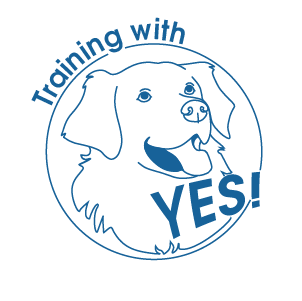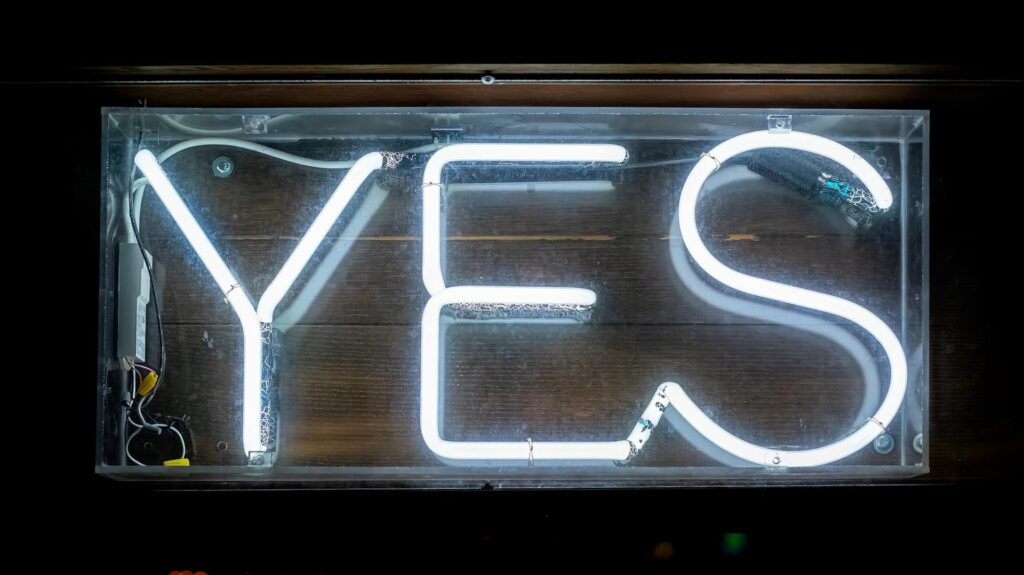
The YES method in service dog training is a core positive reinforcement technique that uses the word “YES” as a precise and powerful communication tool. It’s a method that is widely used and highly effective, not just for service dogs, but for all kinds of dog training.
The following is a brief breakdown of what it is and why it’s so important for service dogs.
The “YES” as a Verbal Marker
At its heart, the “YES” method is about “marking” a desired behavior. A verbal marker, like “yes,” is a short, distinct word that tells the dog, at the exact moment they are performing a behavior, that they have done the right thing and a reward is coming.
Instant Feedback: Dogs live in the present. If you ask a dog to “sit,” and then take two seconds to reach for a treat, you might accidentally be rewarding them for something else, like looking at your hand or shifting their weight. The word “yes” acts as a bridge, instantly communicating to the dog, “That exact action you just did—that’s what I want!”
Always Followed by a Reward: The power of the “yes” is that it is consistently and exclusively paired with a reward. This makes the word itself a powerful positive motivator. Unlike “good boy” or “good girl,” which can be used for general praise, “yes” is a promise of a high-value treat, a toy, or a favorite activity.
How it Works in Service Dog Training
Marking and Rewarding Desired Behavior: Once the dog understands the association, the “yes” is used to mark the specific moment a desired behavior occurs. For example, when teaching a “sit,” the instant the dog’s rear touches the ground, you say “yes!” and then give the treat; Or when teaching a “down,” the second the dog lies down, you say “yes!” and provide the reward.
Refocusing in Distracting Environments: The “YES” method is particularly crucial for service dogs, who need to maintain focus in busy, distracting public places. If a service dog in training is getting distracted by a person or another dog, the handler can say “yes” the moment the dog looks away from the distraction and back at them. This immediately redirects the dog’s focus to the handler and rewards them for making the right choice.
Building Positive Associations: “Yes” work is also used to help a service dog in training feel comfortable in various situations. For example, if a dog is uncomfortable around new people, the handler can say “yes” and give a treat every time a new person is around. This helps the dog form a positive association with new people, rather than feeling stressed.
Conclusion
In summary, the “YES” method is not just about giving treats. Training with YES is a precise, strategic, and positive way of communicating with a dog that builds trust, accelerates learning, and helps them understand exactly what is expected of them, especially in the high-stakes world of service dog work.

